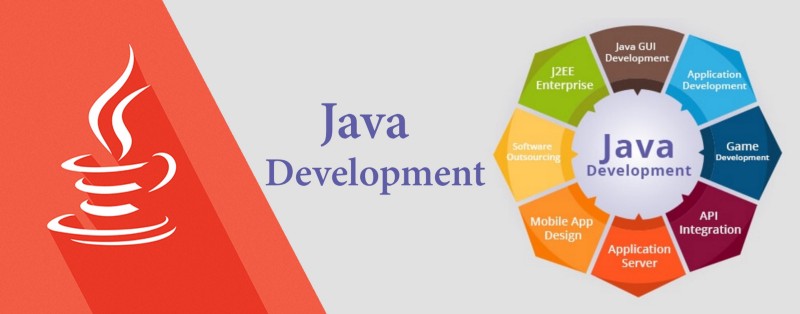The Use of Java Technologies in Web Application Development
Web applications are distributed applications that run on a number of computers and communicate via the network or server. It comes in handy for the enterprises to update and maintain without the need for software installation on the client computers. Moreover, one application could be used by millions of people. They are used for online retail sales, banking, discussion boards, weblogs, webmail, and, etc.
Of the various markup or scripting language involved, JavaScript is versatile and stands to be an ideal programming language. A page as simple as the display of data and time or as complex as the set of pages involved for flights, hotels, or rental booking is a web application. The Java technologies involved in web application development are Java Enterprise Edition (JEE), Java Standard Edition (JSE), JavaServer Pages Standard Tag Library (JSTL), JavaServer Pages (JSP), and, etc. Java development company implements these technologies to build engaging and secure web applications for the clients.
What are the Java technologies involved in web application development?
Java Servlet API
The Java Servlet runs on the server side without an application of its own as an HTML user interface (UI) or an application GUI. They are used to extend the applications hosted by the web servers. Several web applications are developed with Java Servlet extensions.
JavaServer Pages Technology
It gives a simple and fast way to create dynamic content. It facilitates the addition of snippets of servlet code into the text-based document. JSP contains static data expressed in text-based format namely HTML, Wireless Markup Language (WML) or XML; JSP technology elements which determine the dynamic content construction by the page.
JavaServer Pages Standard Tag Library
It has the iterator and conditional tags to handle flow control, tags for accessing databases with SQL, manipulate XML documents, internalization, and commonly used functions.
JavaServer Faces Technology
It forms the UI framework to build web applications.
Java Message Service API
The combination of Java technology with enterprise messaging, the JMS API forms a powerful tool to solve enterprise computing problems.
JavaMail API and the JavaBeans Activation Framework
It is used to send e-mail notifications. In conjunction, one may use the JavaBeans Activation Framework (JAF) API, which determines the type of data, encapsulate the access, and discover the operations available.
Java API for XML Processing
It is flexible and JAXP facilitates the use of any XML-compliant parser or the XSL processor within the application and supports the W3C schema.
Java Naming and Directory Interface
It provides the functionality of naming and directory, enables the applications to access several naming and directory services.
